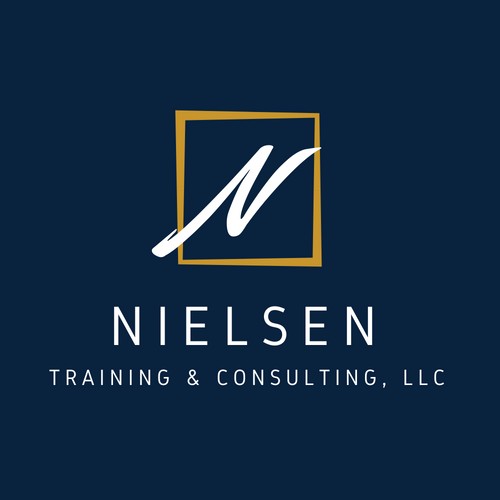Wisdom. Experience. Meaningful connections. Advisory councils are typically groups of volunteers formed to provide advice or support to benefit a nonprofit’s governing board or staff. When created thoughtfully and nurtured appropriately, an advisory council can be an effective body that advances the mission of a nonprofit. If your nonprofit is considering the formation of an advisory council or you are seeking to re-energize a current advisory council, here are some questions you may want to consider.
How healthy is your governing board?
An advisory council can be a wonderful partner to an executive, but it is not a replacement for a healthy governing board. If your governing board is struggling or disengaged, avoid the temptation to create another team that will need to be nurtured and cultivated. Rather, invest your time and effort in re-energizing your governing board through renewal or replacement of members.
How clear are you on the mission of the advisory council?
While governing boards by their very nature have multiple responsibilities, advisory councils tend to function best when they are created for a specific purpose and given a clear mission. Examples include providing subject matter expertise on a specific topic, leveraging connections to aid in a defined fundraising campaign, or collectively launching or managing a program to benefit the nonprofit. In all cases, advisory councils should have a clear charter with defined expectations, accountabilities, and definitions of success for their activities. Be clear to prospective members why they were chosen and what will be expected of them.
Who will support the advisory council?
Advisory councils require cultivation, nurturing, and support in order to function effectively. Before forming one, nonprofit leaders must ask, “do we have the capacity to support this group, and if so, who will be the point person?” A liaison from the organization is critical in recruiting members to the council, orienting them, and supporting them in their service. Thoughtful agendas, supporting material, and effective facilitation of meetings goes a long way towards nurturing a healthy advisory council.
Can you create a meaningful link between your advisory council and governing board?
Advisory councils tend to function most effectively when they are appropriately connected to the mission of the organization and its governance. Governing board members should benefit from understanding the progress of the advisory council and the council will be more effective if it understands the larger ecosystem in which the organization operates. Consider thoughtful approaches to build relationships and connection between the important work of the advisory council and the governing board.
Advisory councils can make meaningful contributions that help nonprofits translate their vision into reality. By asking yourself and your team these important questions, nonprofit leaders can ensure that their advisory council is thoughtfully conceived, well-supported, and positioned for success.
Do you have questions or wish to discuss your advisory council, board, or nonprofit? Let's connect!







